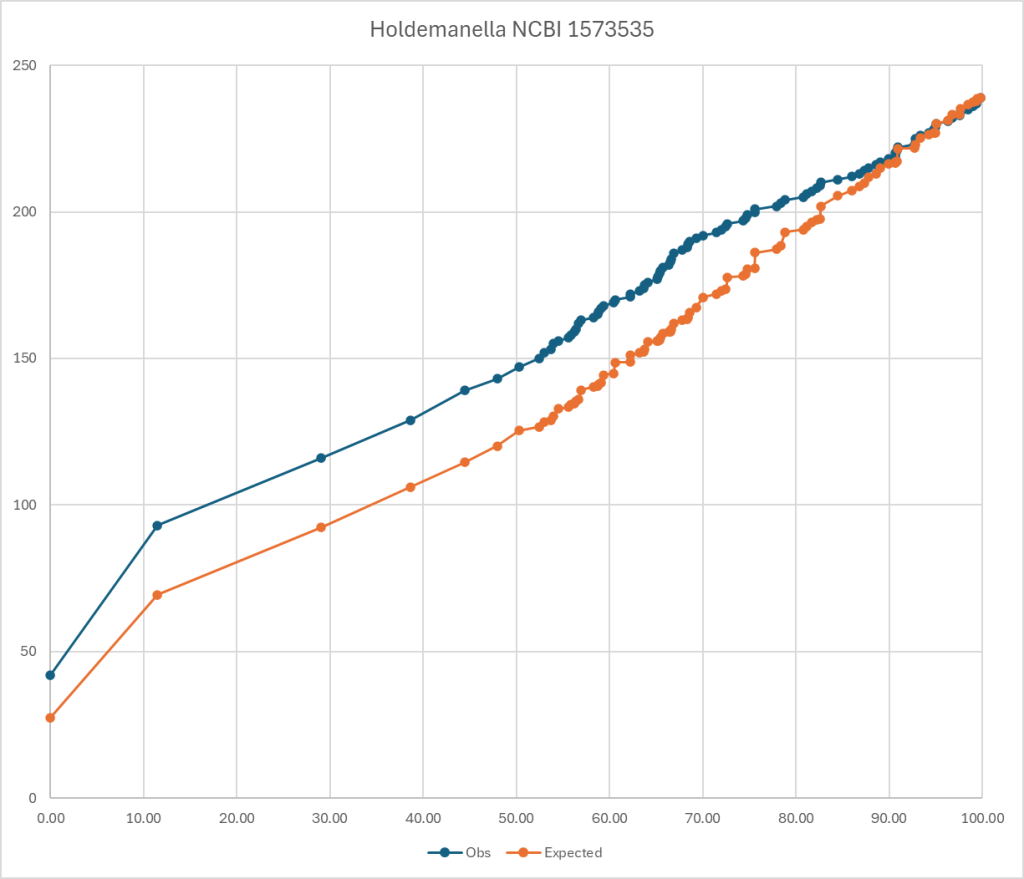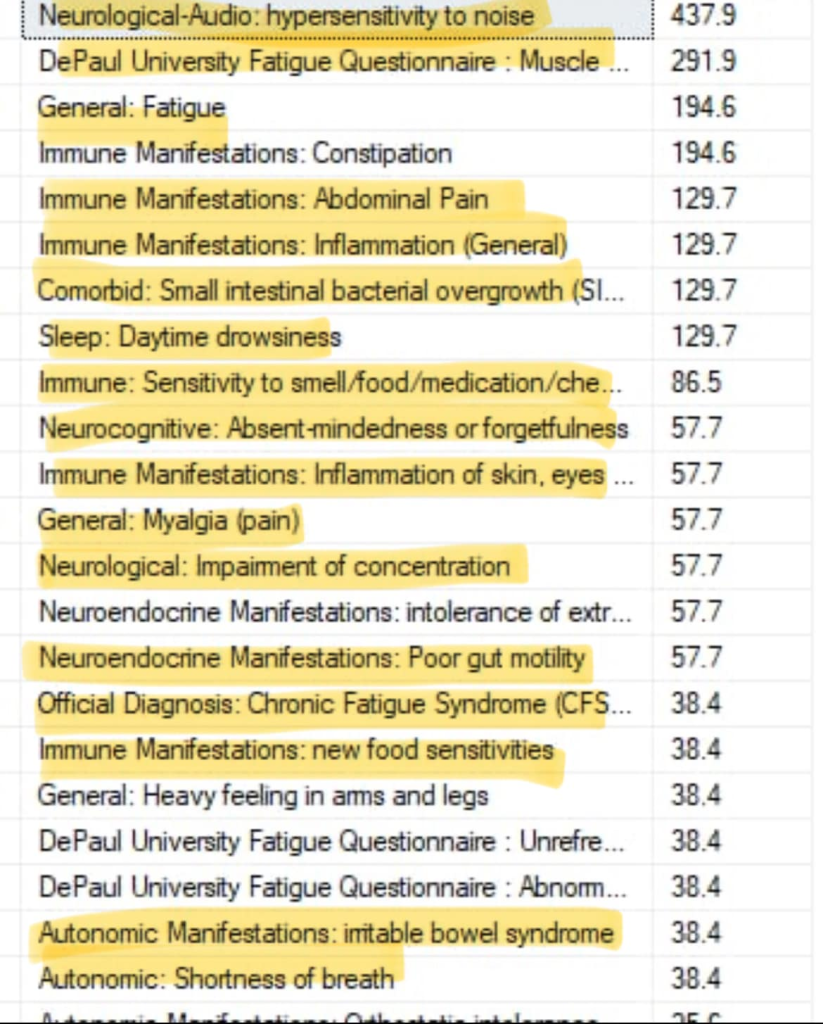On Facebook, in response to my post ME/CFS: The Evils of Lactobacillus Probiotics?, a reader raised a question about MCAS

I responded with two studies from PubMed
- “mast cell degranulation is impaired following exposure to bacteria such as escherichia coli” Escherichia coli exposure inhibits exocytic SNARE-mediated membrane fusion in mast cells [2014]
- “non-pathogenic commensal escherichia coli bacteria can inhibit degranulation of mast cells.” Non-pathogenic commensal Escherichia coli bacteria can inhibit degranulation of mast cells [2008]
I forwarded these on to a friend suffer from MCAS. She responded that she was mentally lost in the studies. She decided to ask Perplexity. to explain. She was delighted with the response and I thought that Perplexity should have a guest post!
This abstract describes how mast cells, which are key players in allergic reactions, release inflammatory substances through a process called degranulation. Here’s a simplified explanation:
Mast Cell Degranulation Process
- Mast cells contain small packages (granules) filled with inflammatory chemicals.
- When triggered, these granules fuse with the cell’s outer membrane to release their contents.
- This fusion is controlled by a set of proteins called SNAREs, including Syntaxin4, SNAP23, and VAMP8.
Normal Degranulation Mechanism
- A protein called IKKβ attaches to and modifies (phosphorylates) SNAP23.
- The modified SNAP23 then joins with Syntaxin4 and VAMP8.
- This three-protein complex drives the fusion of granules with the cell membrane, releasing the inflammatory substances.
Effect of E. coli on Degranulation
The researchers discovered that exposing mast cells to E. coli bacteria interferes with this process:
- E. coli prevents IKKβ from interacting with and modifying SNAP23.
- As a result, SNAP23 doesn’t join with Syntaxin4 and VAMP8 as effectively.
- This disrupts the formation of the protein complex needed for granule fusion.
- Consequently, the release of inflammatory substances from the granules is reduced.
In essence, the study shows that E. coli can suppress the allergic response of mast cells by interfering with the molecular machinery responsible for releasing inflammatory chemicals.
Similarly, I was ping by a reader who said “You can’t buy these in the US” — That is correct in that you will not find them in your local health food store. I live in the US and have no trouble getting them by internet order shipped to my door:
- Mutaflor: Feel Good Natural Health Store.
- Symbioflor-2: German Apotheke
All of these strains have many studies published.


Recent Comments